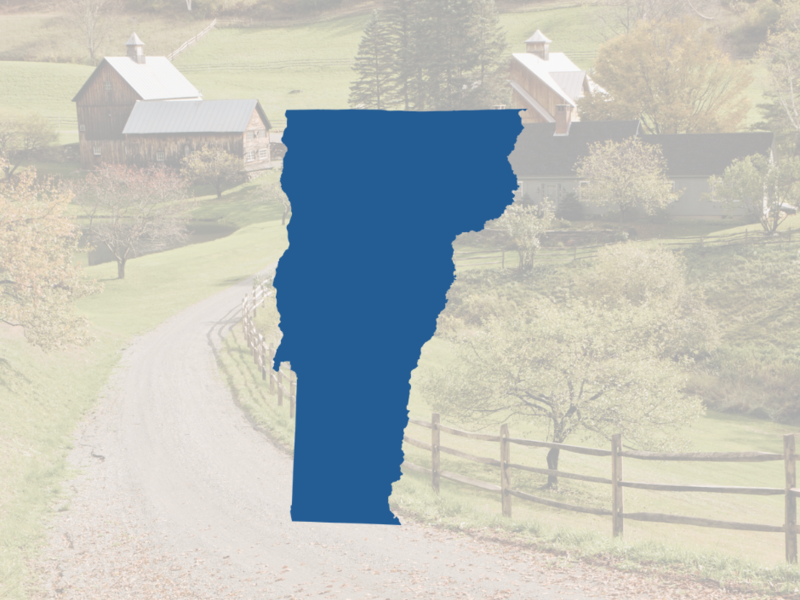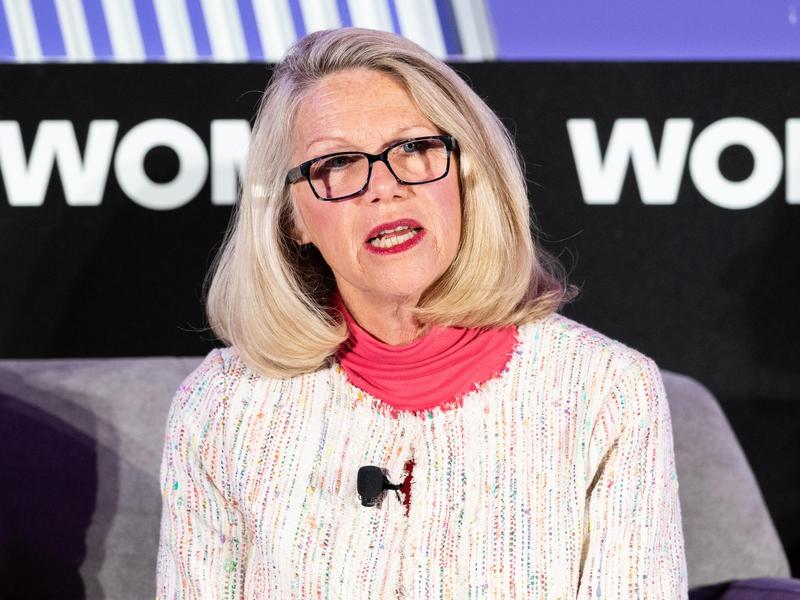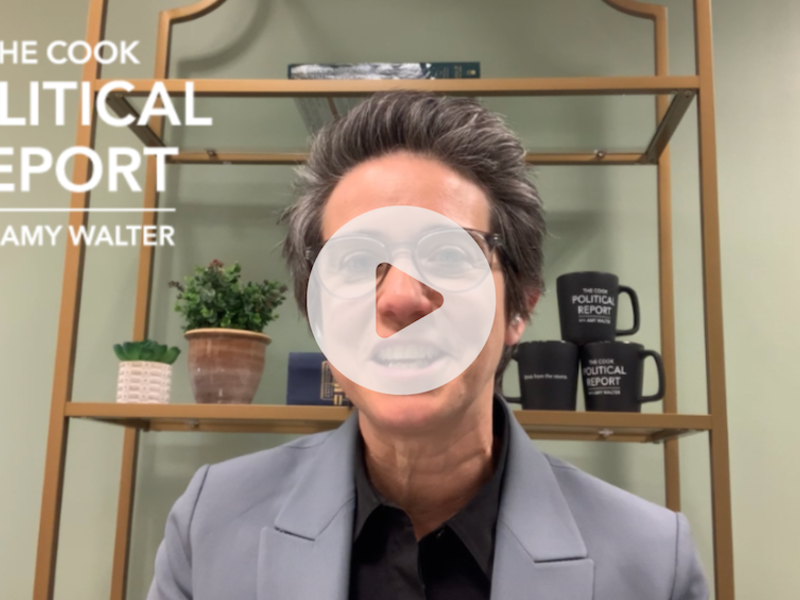
Listen to cable TV or almost any political discussion these days and you’ll hear the term “the base” a lot. “Isn’t this all about Trump keeping his base happy?” or, “will the Democratic base accept a compromise with the president?” or, “which party has the most motivated base?” What we hear little to nothing about in these discussions is the feelings/votes/leanings of independent voters. To be fair, these voters are less likely to be engaged in the political process this far out from an election. Still, they are significant political force, especially, as we’ve seen in the most recent midterm wave elections, when they break overwhelmingly for the party out of power.
First, let’s get a couple of things out of the way. Independent doesn’t mean “moderate.” A person who identifies as independent may be a conservative who sees the GOP as insufficiently conservative. Or, he or she can be a liberal who thinks that the Democrats are too closely tied to the traditional establishment. These voters are also not consuming politics in the heavy doses that self-described partisans do. They aren’t tracking Twitter’s every ping. They are glancing up at the news instead of mainlining it on cable TV every night. They engage later in the election cycle than do traditional partisans.
Second, winning over independent voters doesn’t guarantee electoral success. For example, in 2016, despite losing the national popular vote, Donald Trump carried independent voters by 4 points (46 to 42 percent). Two other general election losers, Mitt Romney and John Kerry, also narrowly carried independent voters. But, when a party wins independent voters by double digits that party has gone on to make significant House gains. For example, in 2006, Democrats carried independent voters by 18 points (57 percent to 39 percent) and gained 30 House seats. In 2010, Republicans took independents by 19 points (56 percent to 37 percent) and picked up a whopping 63 seats.
Right now, Democrats have a double-digit lead on the generic ballot with independent voters. Polling taken at the end of 2017 found Democrats with leads ranging from 11 to 17 points among this group.
|
|
|
|
|
|---|---|---|---|
| NBC/WSJ (12/13-15, 2017) | 43/31 | D+ 12 | 39/59 |
| Marist (12/4-7, 2017) | 43/32 | D+11 | 36/55 |
| Quinnipiac (12/13-18, 2017) | 47/30 | D+17 | 31/63 |
| CNN (12/14-17, 2017) | 50/35 | D+15 | 33/58 |
What you will also notice is that independent support for GOP candidates/Congress on the generic ballot pretty much mirrors Trump’s job approval rating among independent voters. For example, in the NBC/Wall Street Journal poll from December, 39 percent of independent voters approve the job Trump is doing as president, while 31 percent of independents say they’ll support a Republican for Congress in 2018. On the Marist poll, there’s a seven-point difference between job approval (36) and support for GOP candidate (43 percent).
In other words, the current showing for Republicans in the generic may be a ceiling, not the floor. House Republicans need Trump to improve his showing with independent voters before they can see their numbers with independents improve. In fact, when you look at the independent vote in the last three midterms, it was, on average, about four points off from the president’s overall approval rating. For example, the 2006 exit polls found that Bush’s overall approval rating was 43 percent favorable to 57 percent unfavorable. Republicans got 39 percent of the national House vote (or 4 points below Bush’s approval rating). In 2014, Obama’s job approval rating was 44 percent favorable to 55 percent unfavorable; independent voters gave Democrats 42 percent of the vote – or 2 points lower the president’s approval rating.
However, as I noted up front, independent voters are not as highly dialed into politics as partisans. Their current perception of the GOP is driven by their feelings about the president. So, what happens when the campaigns start to talk issues? Even there, however, independent voters are skeptical to downright opposed to many of the items on the GOP agenda.
This past month, Washington Post pollster Scott Clement took a look at voter perceptions of major planks of the GOP agenda. He found a majority of independent voters opposed to many of the issues that Republicans and/or Trump have championed.
Percentage Independent voters approve/disapprove
The good news for Republicans is that independents are feeling optimistic about the economy. In fact, they are much more bullish on the economy than they were at this point in last midterm elections. A December CBS poll found that 62 percent of independents thought the economy was good. At this point in 2013, only 35 percent felt positive about the economy. This suggests that Republicans should spend most of their messaging on an improving economic climate. They also need to attach the tax legislation as a cause for improving economic conditions.
Percentage of Independent Voters Who Say Economy Is “Good”
In any election, enthusiasm among a party’s base (or lack of it) is critical. Even so, revving up a base – or holding onto to one’s base – isn’t always enough. As one longtime GOP strategist said to me a few months back: “If we tie with the Democrats on turnout, but lose with Independents on vote preference, we are still in deep doodoo.” So, over these next few months, pay close to attention to independent voters. How they move – or if they do – will tell us more about who will control Congress than simply watching the ebb and flow of GOP or Democratic enthusiasm.








Subscribe Today
Our subscribers have first access to individual race pages for each House, Senate and Governors race, which will include race ratings (each race is rated on a seven-point scale) and a narrative analysis pertaining to that race.